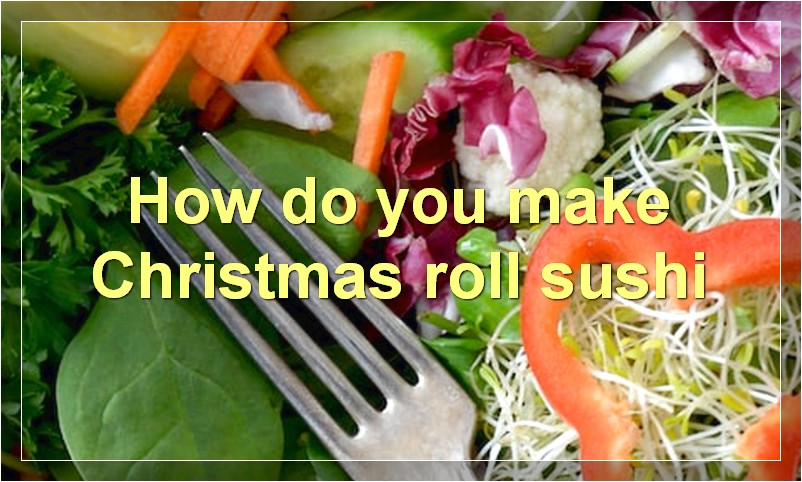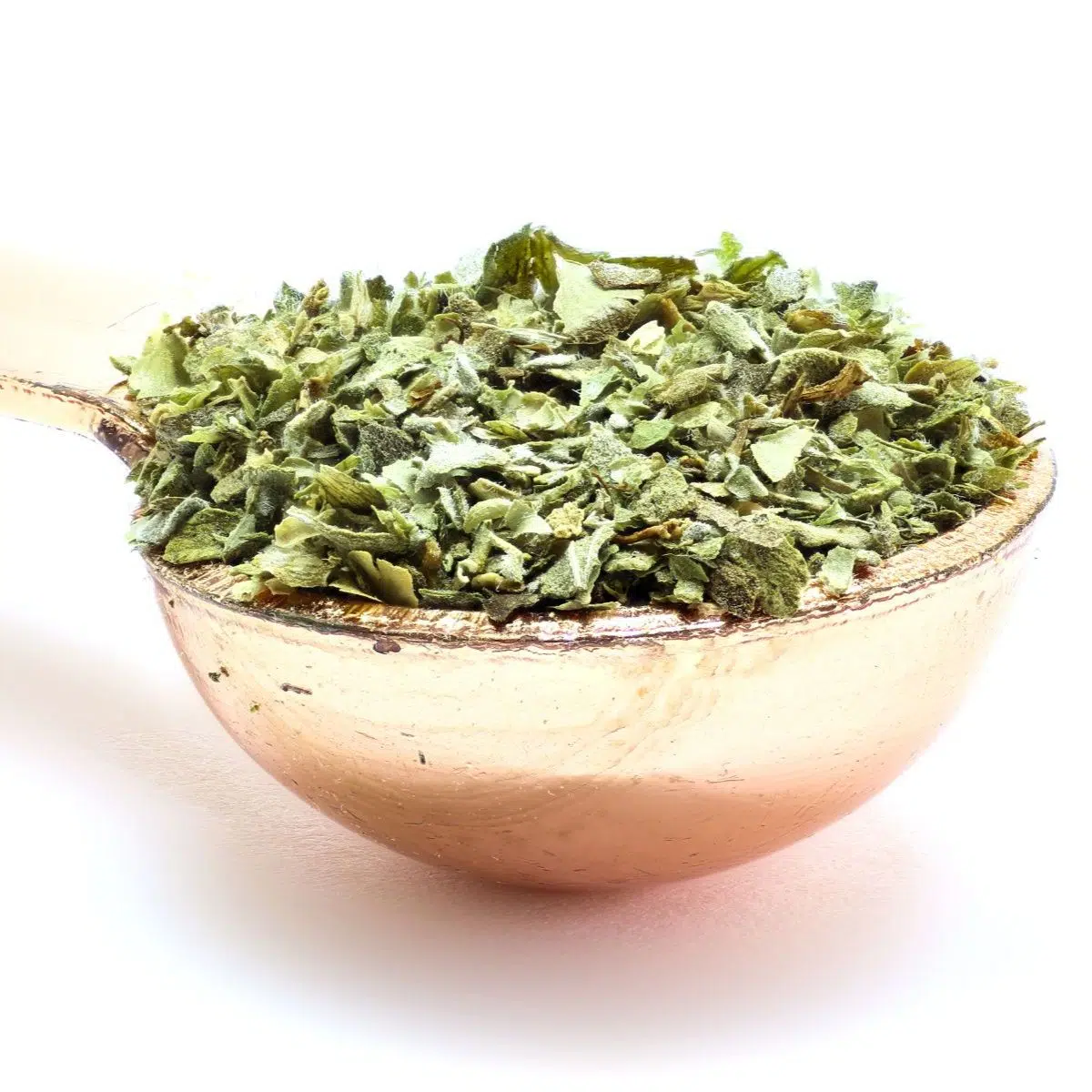– Hard boiled eggs are a good source of protein and healthy fats
– Hard boiled eggs can stay in the fridge for up to a week
– Hard boiled eggs are low in calories and carbs, with only 1 carb per egg
– Hard boiled eggs contain various important nutrients such as vitamins A, B, D, E, and K, folate, phosphorus, selenium, calcium, and zinc
– Omega-3 enriched or pastured eggs are even healthier
– Each large hard boiled egg contains 77 calories, 5 grams of fat, and 6 grams of protein
– Eating up to 3 eggs per day is safe for healthy people
– The best way to hard boil eggs is a matter of opinion, but options include starting with cold water and eggs, boiling water first and then adding eggs, or bringing water to a boil and letting steam cook the eggs
– The easiest way to hard boil eggs is to boil water first, add eggs, boil for 10 minutes, and rinse with cold water
– The size of the egg affects the cooking time; larger eggs require longer cooking times
– Eggs are considered done when cooked according to the chart provided or when a timer is used
– Boiling eggs for 20 minutes is not recommended as they will be overcooked
– Eggs can float in water for various reasons, including fresh water being less dense than saltwater, the size of the air cell in the egg, and older eggs being less dense
– Cracked eggs are more likely to float due to reduced mass from leaking egg white
– It is possible to boil more than one egg at a time, but overcrowding the saucepan should be avoided
– Eggs need about half an inch of extra water covering them to ensure even cooking
– The cooking time can vary if there are too many eggs in the pan at once, as they may not receive an even flow of water
– The maximum number of eggs that can be boiled at a time is determined by how many can lay flat on the bottom of the pan
– Some people recommend using an ice bath after boiling the eggs to stop them from cooking further
– Using an ice bath can make it harder to peel the eggs, so immediate peeling is advised if this method is used
– If using an ice bath, fill a bowl halfway with cold water and ice cubes, and transfer the eggs into the bath using a large spoon
– Some people use salt and vinegar when boiling eggs to ensure better results
– Adding salt to the water will increase its temperature and slightly raise the boiling point, preventing overcooking of the yolk
– Sea salt is recommended for cooking boiled eggs, as it provides minerals and helps seal leaks and cracks in the eggs
– Hard boiled eggs can be cooked using different methods: pressure cooker/instant pot, steaming, microwave, or oven
– Hard boiled eggs can be a good food option for various diets such as Paleo, gluten-free, dairy-free, nut-free, keto/low carb, and vegetarian
– Hard-boiled eggs should be stored in the refrigerator if not consumed immediately
– Leaving hard-boiled eggs out on the counter for a couple of hours is the maximum limit before they should be refrigerated
– Eating old hard-boiled eggs can increase the risk of salmonella infection
– Hard-boiled eggs cannot be successfully frozen as their texture becomes terrible when thawed
– There are other egg recipes available that are keto-friendly and low carb.
Continue Reading









